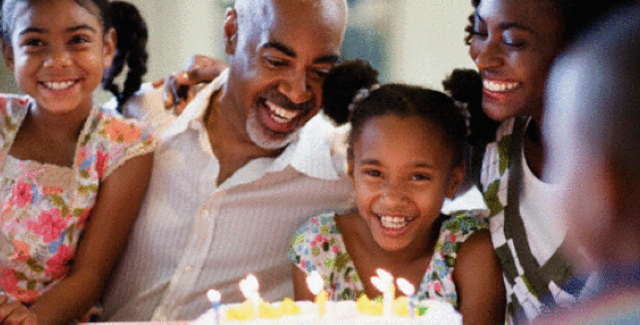Everyone in your family should know the game plan.
Time to get the entire family involved—and prepared. Studies show that just thinking about preparedness and emergency plans in advance can improve how you and your family will come through the event.
FOLLOW THESE PREPAREDNESS TIPS.
Five simple steps:
- Make sure everyone knows the family communication plan. This is a SIMPLE, CRITICAL step everyone in your family should be involved with in creating.
- Put together or purchase a family first-aid-kit, and keep it in a safe location that’s easy to reach.
- Make sure everyone knows where to find your emergency kit and flashlights. Don’t forget batteries as well as a battery or hand-cranked radio.
- Determine the best escape routes from your home. Try to identify two escape routes.
- Have a designated “safe place” in your home in the event of severe weather.
Other steps:
- Make sure each member knows who is your family’s out-of-state contact and instruct your family to call this person and tell him/her where they are. This part of your family communication plan, and a very crucial step.
- Plan where to meet after a disaster if your home becomes unsafe. Choose two places, one just outside your home and one outside your neighborhood in case you are told to evacuate.
- Teach children how and when to Drop, Cover & Hold and Stop, Drop & Roll. Then, practice. This is part of your family communication plan.
- Keep a fire extinguisher on hand and teach each member of your family how to use it.
- Locate the gas main and other utilities and make sure family members know when and how to turn them off.
- Create emergency response cards for each of your family members.
- Take into account the special needs of children, seniors or people with disabilities, as well as family members that don’t speak English and pets.
- In case you need to leave quickly, always keep your gas tank at least half full and have a go-bag packed for each family member.







